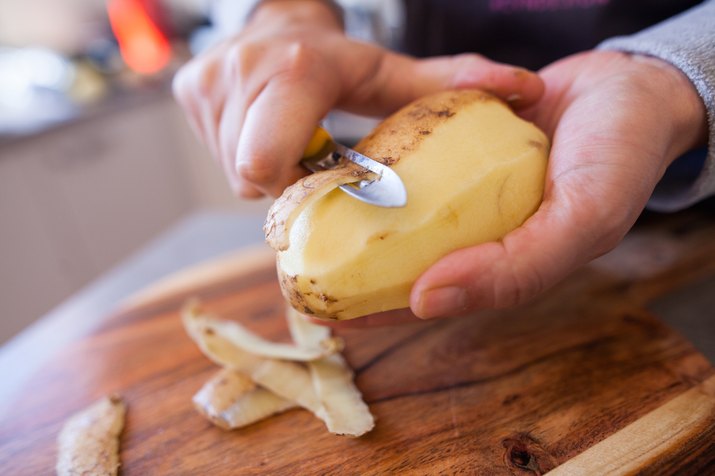
Potatoes are about as comforting as comfort good gets — that's why many finicky eaters are "meat and potatoes guys" —and they're as versatile an ingredient as any cook could ask. That versatility goes way beyond the culinary, as well. You almost certainly have a few spuds in your kitchen right now, so pull out one or two and try these remarkable home and health hacks.
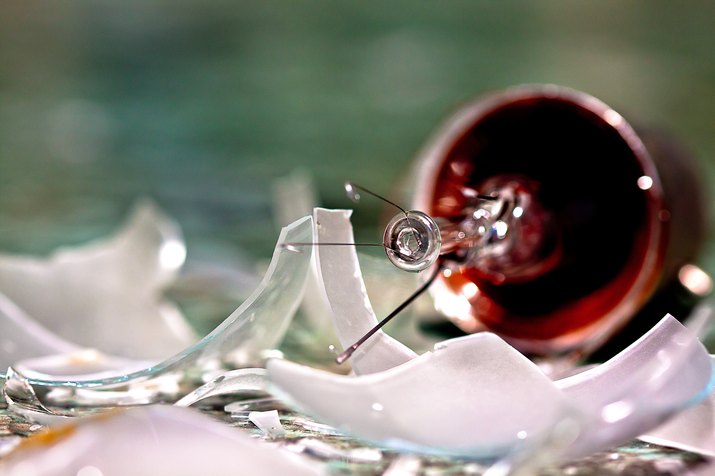
Remove a Broken Bulb Safely
Getting a broken light bulb out of its socket without hurting yourself in the process is no simple feat. It has to be unscrewed, but the only part you can usually get a good grip on is the fragile, jagged broken glass of the bulb itself. A wrench or pliers will just break the glass, and even gloved fingers are likely to be cut. A potato is the solution to this tricky dilemma: Unplug or turn off the light, carefully remove as much broken glass as you can, and then press the end of a potato firmly into the broken bulb and turn. You'll gain enough leverage to unscrew it, without risking bloodshed.
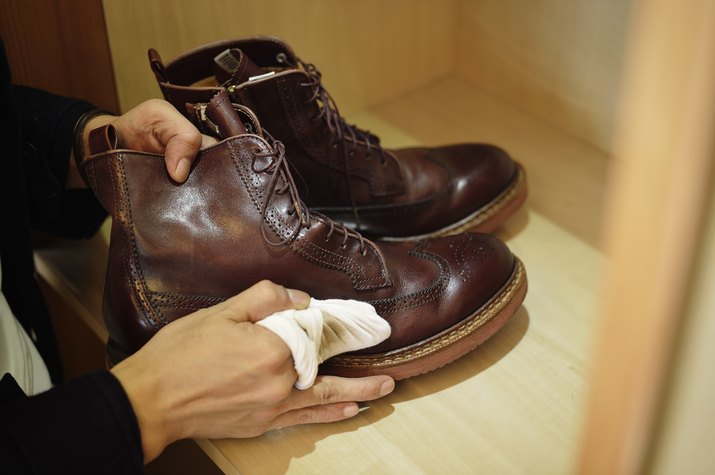
Shine Your Shoes
You may not always have a shoeshine kit at your fingertips when you need one, but surprisingly, a potato does a wonderful job of cleaning and shining up leather. Slice a potato and rub the cut sides all over your dirty shoes or boots. The potato's starch granules act as a very gentle abrasive, while the mild acidity and astringency restore the leather itself. Wait for the potato's moisture to dry on the footwear and become cloudy, then buff it off. Your leather will look clean and healthy, and have a gentle sheen.
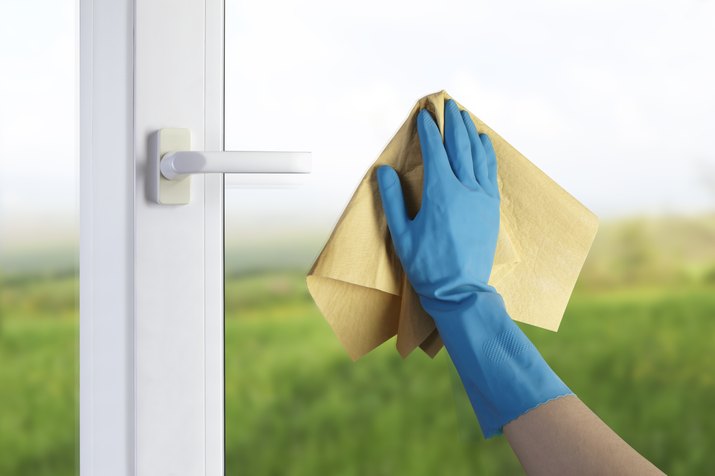
Clean Windows and Glass Surfaces
Clean, shiny glass is an oddly satisfying thing, perhaps because it's difficult to achieve. Dust and dirt, finger and nose prints can all take away from the glass' clarity, and so will the streaks you get from trying to clean the glass. For an easy, trouble-free shine, rub the entire surface of a window or mirror with a cut, raw potato and then wipe it away. Better yet, to avoid streaks, let it dry and then buff it off with a soft cloth. Unlike a lot of commercial products, the potato's gentle cleansing is safe for most clear plastic surfaces, as well.
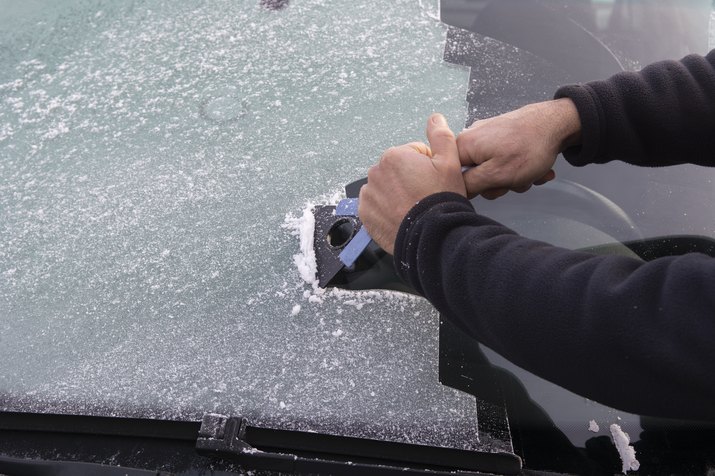
De-Ice Your Windshield
If you live in a cold climate and don't have a heated garage, scraping your windshield is probably a regular and little-loved part of your morning routine. Oddly, a potato can help. The sugars in root vegetables act as a natural antifreeze to protect them while they're in the ground, and rubbing a cut potato across your windshield the night before a freeze can harness that natural frost protection to your advantage. You should have little to no frost accumulation in the morning, depending how carefully you applied the potato.

Soothe Your Skin
Life is just filled with ways to make your skin unhappy. From fat spatters to sunburns at the beach or poison ivy in the park, burns and irritation are a frequent occurrence. Surprisingly, potatoes are a remarkably soothing and effective treatment. To soothe small areas, cut a thin slice or two of potato and hold it over the affected area until the irritation eases. For larger areas, grate the potato finely and mix it with a bit of water, then spread the coarse potato paste as a poultice over the area. Leave it for up to 30 minutes, wrapping it with a cloth if necessary, then rinse.
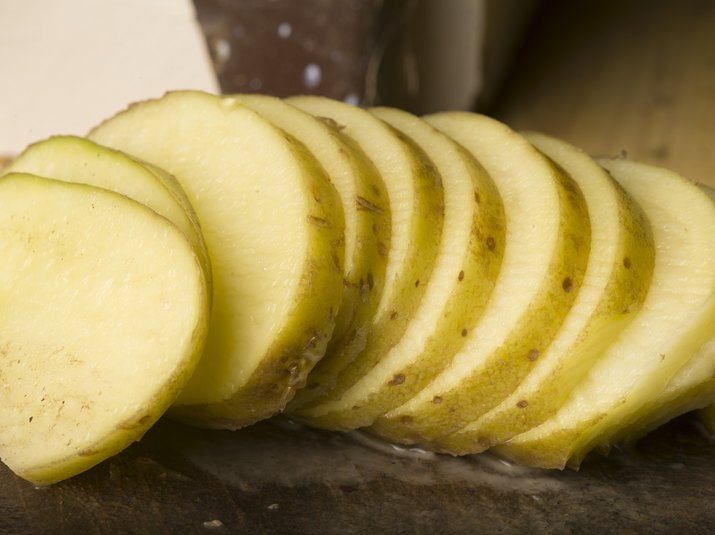
Ease Your Eyes
When your eyes are sore and puffy from lack of sleep, allergies or just life in general, it's helpful to take a moment to just sit back and recuperate a little bit. When you do that, take a thin slice or two of potato with you. Place the potato slices on your closed eyelids, and give yourself 10 or 15 minutes' break. The mild acidity and astringency of the potato's flesh will help soothe and cool your tired eyes, and shrink their puffy appearance.
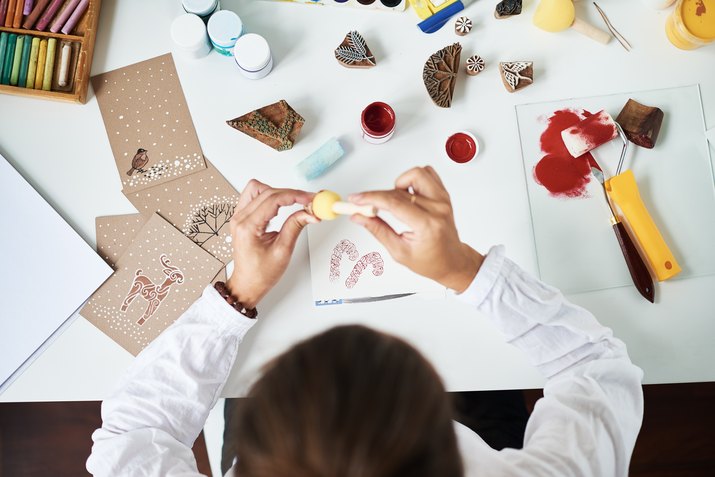
Make Stamp Art
Stamping designs onto your stationery, crafts or even walls is a great way to express your creativity — but after a few trips to the craft store for pre-cut rubber stamps, your budget might be feeling the pressure. If you have a sharp knife and some basic artistic skills, you can save money and make your own with potatoes. Just slice a potato in half and carve the cut surface to create the design you want. This is a great rainy-day activity for kids, too, though it's definitely best if an adult cuts the stamps.
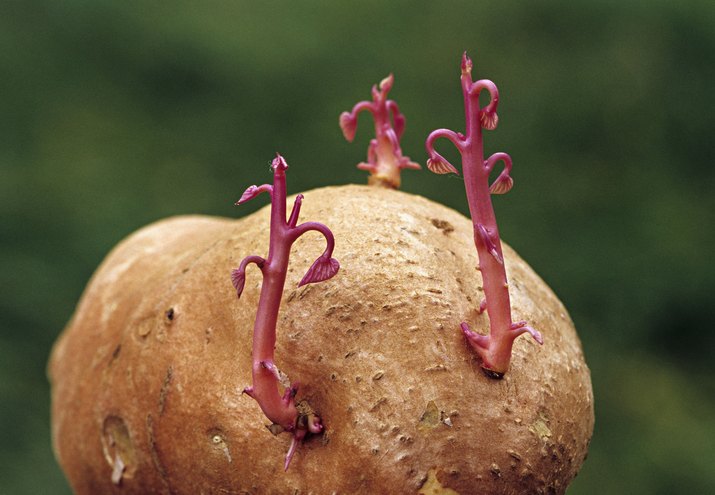
Give Plants a Head Start
The whole point of a potato, botanically speaking, is that the starchy tuber provides a rich food source to grow new plants. In nature that would be a new potato, but it doesn't necessarily have to be so. You can give houseplants or garden plants a head start by cutting a hole in a potato, planting the seed directly into it, and then burying the potato to the correct depth. As the potato decomposes, it provides moisture and nourishment to the sprouting seed. In small pots, where a whole potato would be overkill, you can use a small handful of shredded potato to get the same effect.

Remove Tarnish and Rust
Hinges, nails, latches and other hardware around the home will often rust or oxidize, depending on the metal they're made from. Sometimes the rust can be decorative, but it's destructive and can keep the hardware from working as it should. To clean it away easily, rub the affected area with the cut surface of a potato. Its acidity and mild abrasion will gently strip away the rust. For tarnish on silver, it's even easier. Save the water from your next pot of boiled potatoes and drop the cutlery right into the water. It'll restore the luster to your silver pieces and you won't have wasted any potatoes.
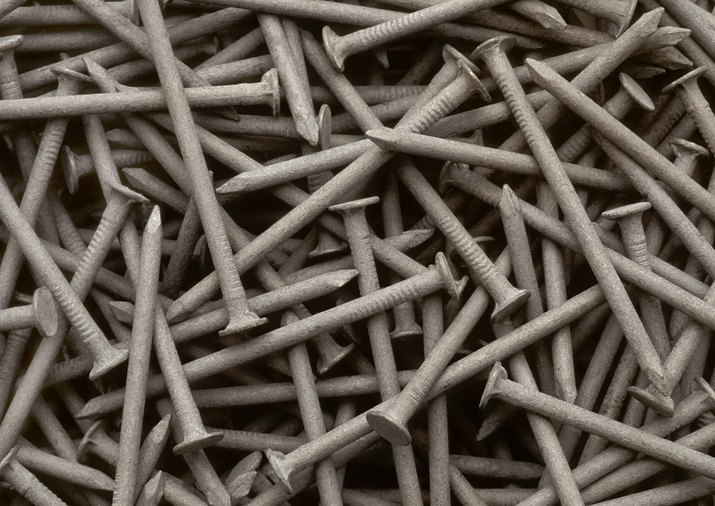
A Fun Science Project
One of the really basic ways to learn about electricity when you're a kid is to make a simple battery from a lemon. Surprisingly, potatoes can power the same party trick. They generate less electricity, but modern low-power LEDs don't need as much as the flashlight bulbs of several years ago. To make it work, insert a stiff copper wire into one end of the potato (or wrap a penny in copper wire and insert it into a cut) and then push a galvanized nail into the other. Connect them to an LED with copper wire and see if it lights. If not, prepare a second potato in the same way and connect from the copper end of one to the galvanized nail on the other. Repeat, until you get enough "juice" to light up your LED.
Advertisement
Video of the Day